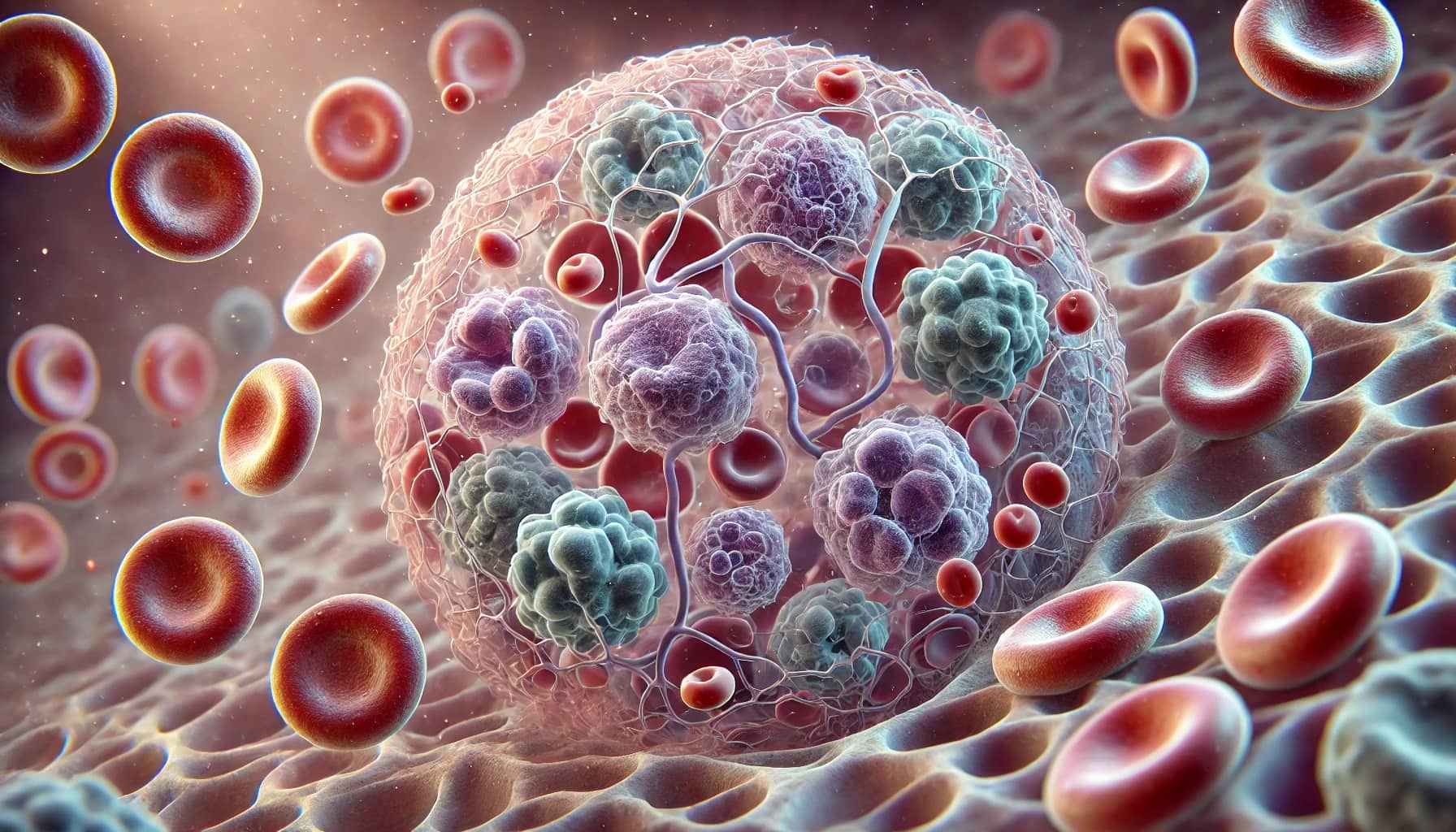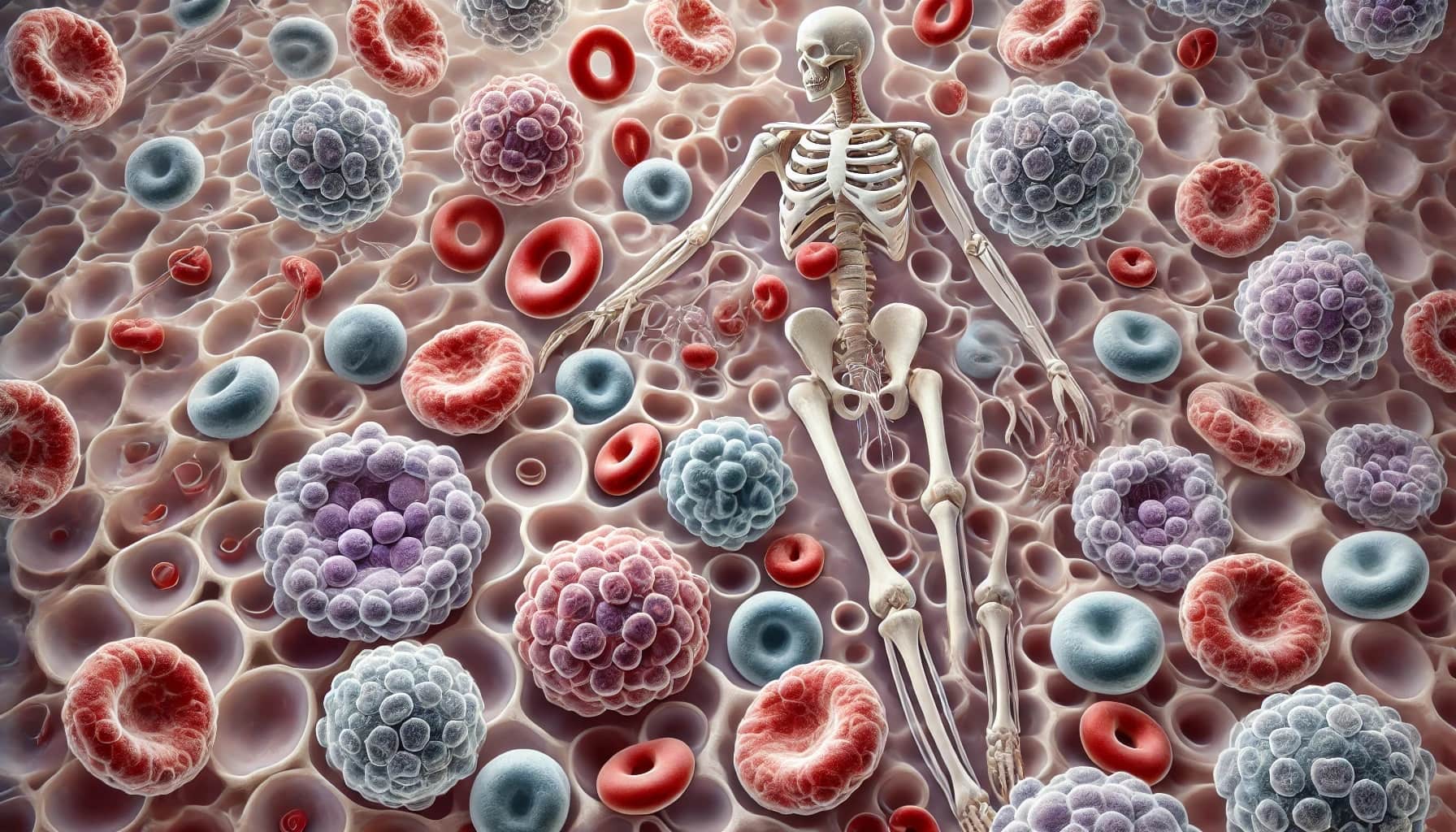
Acute Non Lymphoblastic Leukemia (ANLL), also known as Acute Myeloid Leukemia (AML), is a type of cancer that starts in the blood-forming cells of the bone marrow. ANLL progresses rapidly, requiring immediate treatment. This disease primarily affects adults but can occur in children too. Symptoms include fatigue, fever, frequent infections, and easy bruising or bleeding. ANLL is diagnosed through blood tests, bone marrow exams, and genetic testing. Treatment often involves chemotherapy, targeted therapy, and sometimes stem cell transplants. Understanding the risk factors, such as smoking, exposure to certain chemicals, and previous cancer treatments, can help in early detection. ANLL remains a challenging condition, but advancements in medical research offer hope for better outcomes.
Understanding Acute Non-Lymphoblastic Leukemia
Acute Non-Lymphoblastic Leukemia (ANLL), also known as Acute Myeloid Leukemia (AML), is a type of cancer that affects the blood and bone marrow. This disease progresses rapidly and requires immediate treatment. Here are some crucial facts to help you understand ANLL better.
-
ANLL Originates in Bone Marrow: This type of leukemia starts in the bone marrow, where blood cells are produced. It affects the myeloid cells, which are responsible for producing red blood cells, white blood cells, and platelets.
-
Rapid Progression: Unlike chronic leukemia, ANLL progresses quickly. Patients often need urgent medical attention to manage the disease.
-
Common in Adults: ANLL is more commonly diagnosed in adults than in children. The average age of diagnosis is around 68 years.
-
Genetic Mutations: Certain genetic mutations can increase the risk of developing ANLL. These mutations can be inherited or acquired over a person's lifetime.
-
Exposure to Chemicals: Long-term exposure to certain chemicals, like benzene, has been linked to a higher risk of developing ANLL.
Symptoms of Acute Non-Lymphoblastic Leukemia
Recognizing the symptoms early can lead to quicker diagnosis and treatment. Here are some common symptoms associated with ANLL.
-
Fatigue and Weakness: Patients often feel extremely tired and weak due to a lack of healthy red blood cells.
-
Frequent Infections: A weakened immune system makes patients more susceptible to infections.
-
Easy Bruising and Bleeding: Low platelet counts can cause easy bruising, frequent nosebleeds, and bleeding gums.
-
Bone Pain: Some patients experience pain in their bones or joints due to the overcrowding of abnormal cells in the bone marrow.
-
Weight Loss: Unexplained weight loss is a common symptom as the body uses more energy to fight the disease.
Diagnosis and Treatment
Early diagnosis and appropriate treatment are crucial for managing ANLL. Here are some facts about how ANLL is diagnosed and treated.
-
Blood Tests: Blood tests are often the first step in diagnosing ANLL. They can reveal abnormal levels of white blood cells, red blood cells, and platelets.
-
Bone Marrow Biopsy: A bone marrow biopsy is usually performed to confirm the diagnosis. This involves taking a small sample of bone marrow to examine under a microscope.
-
Chemotherapy: Chemotherapy is the primary treatment for ANLL. It uses powerful drugs to kill cancer cells.
-
Stem Cell Transplant: In some cases, a stem cell transplant may be recommended. This involves replacing the diseased bone marrow with healthy stem cells.
-
Targeted Therapy: Targeted therapy drugs are designed to attack specific genetic mutations in cancer cells, offering a more personalized treatment approach.
Prognosis and Survival Rates
The prognosis for ANLL varies based on several factors, including the patient's age, overall health, and how well they respond to treatment.
-
Age Factor: Younger patients generally have a better prognosis compared to older adults.
-
Genetic Factors: Certain genetic mutations can affect the prognosis. Some mutations are associated with a better response to treatment.
-
Response to Treatment: Patients who respond well to initial treatment have a better chance of long-term survival.
-
Relapse Rates: ANLL has a high relapse rate. Continuous monitoring and follow-up care are essential to manage the disease.
-
Five-Year Survival Rate: The overall five-year survival rate for ANLL is around 27%, but this can vary widely based on individual circumstances.
Final Thoughts on Acute Non Lymphoblastic Leukemia
Acute Non Lymphoblastic Leukemia (ANLL) is a serious condition that requires immediate attention. Understanding the symptoms, risk factors, and treatment options can make a significant difference in managing the disease. Early detection often leads to better outcomes. Treatments like chemotherapy, radiation therapy, and stem cell transplants offer hope, but they come with their own sets of challenges. Support from healthcare professionals and loved ones is crucial during this journey. Staying informed and proactive can empower patients and their families to make the best decisions. Remember, every case is unique, so personalized medical advice is essential. Keep these facts in mind, and don't hesitate to seek professional help if you or someone you know shows symptoms of ANLL. Knowledge is power, and being informed can save lives.
Was this page helpful?
Our commitment to delivering trustworthy and engaging content is at the heart of what we do. Each fact on our site is contributed by real users like you, bringing a wealth of diverse insights and information. To ensure the highest standards of accuracy and reliability, our dedicated editors meticulously review each submission. This process guarantees that the facts we share are not only fascinating but also credible. Trust in our commitment to quality and authenticity as you explore and learn with us.


